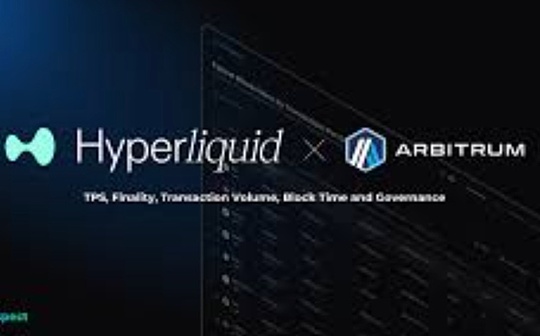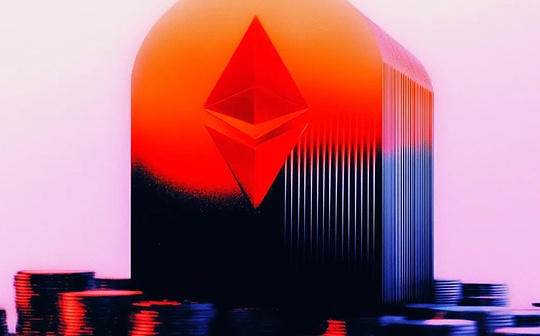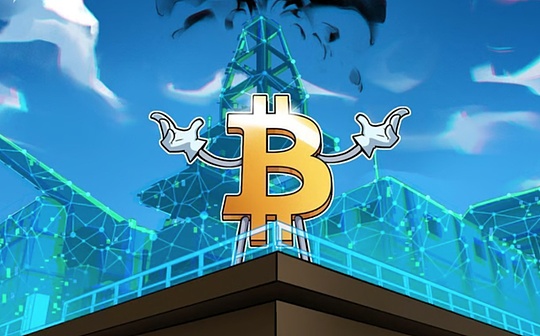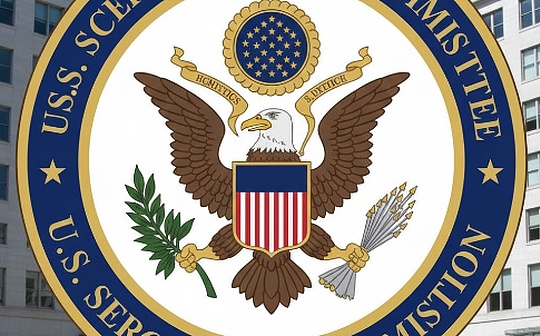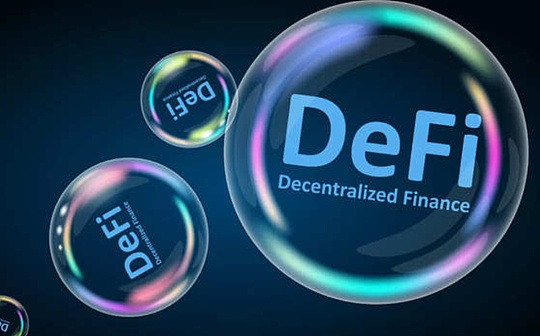
Written by: Sean Lee, Forbes, Translated by: Vernacular Blockchain
As the crypto market enters a new bull market, the most concerned issue is whether decentralized finance (DeFi) will once again become the focus.Although the DeFi boom in 2020 has driven the development of the entire blockchain ecosystem, this cycle may take a more mature and rational approach, emphasizing practicality and long-term sustainability.
1. Why is DeFi more important than ever
DeFi has surpassed its experimental origins and has become the cornerstone of blockchain innovation.By leveraging smart contracts and decentralized infrastructure, it provides millions of users around the world with democratized financial services.
DeFi is no longer a marginalized experiment, but a proven disruptive technology.In 2021, about 1.4 billion people worldwide have no bank accounts, and another 1 billion people are under-served by banks.DeFi provides a path to financial inclusion, enabling users to bypass traditional financial intermediaries.Today, stablecoins have become the backbone of the market, while DeFi borrowing platform, decentralized trading platform (DEX), and pledge agreements have completely changed the way capital flows.
2. The current bull market
To evaluate the possibility of a DeFi cycle, we need to analyze the current market dynamics.In the ongoing bull market, Bitcoin and large assets prices have risen again, with a total market value of more than $3 trillion.However, DeFi’s growth is not just based on market optimism.Key indicators to pay attention to:
1) Market liquidity The increase in total lock-in value (TVL) on the DeFi platform indicates that user confidence is enhanced.The latest data shows that TVL has steadily climbed, now exceeding $75 billion.
2) Institutional Interests such as BlackRock and Goldman Sachs are exploring DeFi infrastructure, which suggests a trend in mainstream adoption is taking shape.
3) User growth Wallet activity in the DeFi protocol increased by 30% month-on-month, reflecting the continuous increase in user participation.
3. The Rise of DeFi Innovators
The growth of DeFi total lock-in value (TVL) has spawned a number of new innovative solutions in the market.Among the emerging players shaping the next stage of development, Nudge stands out.The company has introduced a new basic mechanism in the DeFi ecosystem: programmable incentive payments, called “nudges”.
Nudge’s approach, known as the “reallocation primitive”, represents a transformation in the way resources are used on the DeFi platform.Users can receive rewards by redistributing assets, while protocols gain measurable and scalable user acquisition and retention tools.This concept goes beyond traditional Token rewards and provides a more targeted and more effective mechanism for ecosystem growth.
Maier added: “The boosting mechanism is inspired by numerous protocols that compete for the same group of users and capital. By allowing users to profit by reallocating resources, we have created new incentives to move their actions with a wider ecosystem.Success is consistent.”
Other emerging businesses include Convex Finance and Tokemak.Building on Curve Finance, Convex Finance increases earning opportunities for liquidity providers and Curve stakeholders by simplifying rewards and increasing incentives.On the other hand, Tokemak acts as a decentralized liquidity provider, optimizing capital deployment across the ecosystem through its unique liquidity reactor.
While retail-centric DeFi solutions such as Nudge are designed to make financial tools more accessible to individual users, there is another DeFi application that focuses on institutional utilities that bridge the gap between traditional finance and decentralized systemsgap.For example, Singapore’s Project Guardian explores institutional DeFi by experimenting with Tokenized bonds and deposits to assess the potential of decentralized financial infrastructure.Supported by the Monetary Authority of Singapore (MAS), it aims to combine Tokenized assets with licensed liquidity pools to provide a safe and scalable blueprint for institutional adoption.
4. The role of supervision
One of the key factors that affect the future of DeFi is regulation.As governments around the world work hard to deal with the challenges of regulating decentralized systems, the impact of the new policy on DeFi cannot be underestimated.Regulatory clarity may drive DeFi into the mainstream and may also dampen its growth.
Recent developments show that the industry is mixed.The EU’s Crypto Asset Market (MiCA) regulations are designed to create a comprehensive framework for crypto assets, including the DeFi protocol.While this provides a path for legalization, critics argue that overly strict requirements may hinder innovation.
In the U.S. Securities and Exchange Commission (SEC) has strengthened scrutiny of DeFi platforms, highlighting the need to comply with existing securities laws.This has prompted many projects to consider adopting a decentralized autonomous organization (DAO) structure to address regulatory barriers.“While regulation is necessary, balance must be maintained to promote innovation,” Maier said.
To gain a deeper understanding of regulatory considerations, I recommend reading Key Elements of Effective DeFi Framework published by the Cryptocurrency Innovation Committee, one of the book’s co-authors.Here, we outline the principles for developing policies that encourage innovation while ensuring consumer protection and financial stability.
5. What can drive this DeFi cycle?
In this bull market, several factors may reignite the DeFi cycle:
1) Institutional Interest: As traditional financial institutions explore blockchain technology, DeFi can act as a bridge between centralized and decentralized systems.
2) Layer 2 scaling solutions: Emerging players in this field are making DeFi more accessible and cost-effective, potentially driving user adoption.
3) Tokenization of real-world assets: Integrating real-world assets into DeFi platforms can attract a wider audience and increase practicality.
“The next DeFi cycle will prioritize practicality over hype,” Maier added.
6. Conclusion
Although uncertainty about regulatory and market sentiment remains, the fundamentals of DeFi are still strong.With the leadership of innovative platforms such as Nudge and the continuous advancement of blockchain technology, DeFi is expected to recover in this bull market.The next few months are crucial to determine whether DeFi can overcome challenges and regain its position as a driver of the crypto ecosystem.


